Anaerobic Digester
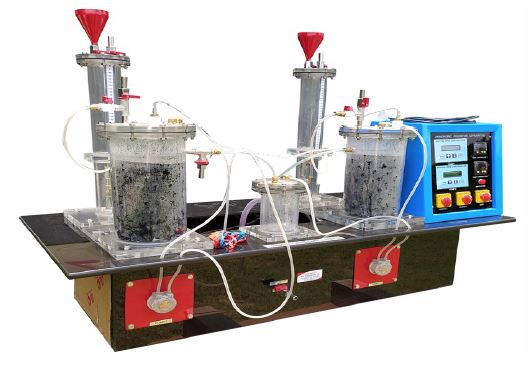
Order Code: 22236272.3R
Category: General Lab Equipment IV
Introduction: Anaerobic treatment processes work with bacteria that act only in the absence of air. These processes are increasingly common in the water treatment industry since they offer numerous advantages compared to aerobic ones, among whi...
SPECIFICATION
Introduction:
- Anaerobic treatment processes work with bacteria that act only in the absence of air. These processes are increasingly common in the water treatment industry since they offer numerous advantages compared to aerobic ones, among which we can name: less sediment production, greater tolerance to stop and start cycles, methane production capacity – a useful fuel – and relatively superior performance.
- This Anaerobic Digester was designed so that, once mounted on a laboratory bench, it can be used as a didactic tool and provide information on the operational processes in relation to plant design.
Description:
- This digester has 2 packed bed reactors and upflow of 5 liters and feeding and temperature control systems to achieve a continuous and stable operation of up to 7 liters per day for several days.
- The reactors can work in series or in parallel. A separator vessel located between both reactors receives the excess fluid from the first reactor if the second is operating in series, but obviously, with a lower flow rate. Calibrated peristaltic pumps graduate and control the volume of flow to the containers. The temperature inside each reactor - whose distribution is kept regulated within a margin of ±0.5°C - is controlled by an electric heating mantle that covers its external wall. In each reactor the temperature can be regulated independently from ambient to 55°C.
- The gas intake in each reactor is taken to a collector with volumetric calibration, which works by moving water. A liquid sealing device and air charge height or the danger of some accidental siphon action.
- The equipment is mounted on a vacuum-formed plastic base with a built-in drainage channel to withstand any spillage or washdown water.
Specifications:
- A benchtop anaerobic digester to study wastewater treatment
- Equipped with two 5l upflow packed bed reactors
- Each reactor has gas sampling and collection outlets
- Both reactors can work in series or in parallel, using adjustable speed peristaltic pumps.
- The feed flow for each reactor can be controlled independently and the temperature can be adjusted in a range from ambient to 55°C, by means of 200W heating mantles
- Protection thermal circuit breakers with cut at 85°C
- Complete instruction manual detailing tests and practices; In addition, a sample of residual water (synthetic) is included for testing.
CONTROL SYSTEM, ACQUISITION AND DATA MANAGEMENT, COMPOSED BY CONTROL INTERFACE BOX:
- Control Interface Box with process diagram on the front panel, with the same distribution as the equipment elements, for easy understanding by the student.
- All the sensors with their respective signals are adequately prepared for the output to the computer from -10V to +10V.
- Cable for control interface box and computer
- The control elements of the equipment are permanently controlled from the computer, without the need for changes or connections during the entire test process.
- Simultaneous display on the computer of all the parameters involved in the process.
- Calibration of all sensors involved in the process.
- Real-time representation of the system response curves
- Storage of all process data and results in one file
- Graphical representation in real time of the responses in the system/process
- All the values of the actuators can be changed at any time from the keyboard, allowing the analysis of the curves and responses of the entire process.
- Shielded and filtered signals to avoid external interference
- PID control in real time with flexibility of modifications of the PID parameters in real time of the parameters that intervene in the process simultaneously
- Proportional control, integral control and derivative control, based on the real mathematical formula of the PID, by changing the values at any time, of the three control constants (proportional, integral and derivative constants).
- Control in real time with flexibility of parameter modifications from the computer keyboard, at any time during the process.
- Real-time control for pumps, compressors, resistances, control valves, etc.
- Open control allowing modifications at any time and in real time, of the parameters involved in the process, simultaneously.
- Three levels of security, one mechanical in the equipment, another electronic in the control interface and the third in the control software.
CONTROL SOFTWARE, DATA ACQUISITION AND DATA MANAGEMENT:
- Compatible with current Windows operating systems. simulation graphic and intuitive representation of the process on the screen. Compatible with industry standards.
- Recording and display of all process variables automatically and simultaneously.
- Flexible, open and multicontrol software developed with current graphic window systems, acting on all process parameters simultaneously
- Analog and digital PID control
- Menu for the selection of the PID and the set point required in the entire working range
- Management, manipulation, comparison and storage of data
- Sampling rate of 250 KS/s
- Calibration system of the sensors involved in the process
- Allows the entry of the alarm status and the graphic representation in real time
- Comparative analysis of the data obtained, after the process and modification of the conditions during the process.
- Open software allowing the teacher to modify texts, instructions, teacher and student passwords to facilitate the control of the teacher over the student, and that allows access to different levels of work.
Scope of Learning:
- Possible industrial tests:
- Effluent treatability studies, including solids, carbon and biogas proportions that determine the state of purity (BOD: Biological Oxygen Demand and COD: Chemical Oxygen Demand)
- Determination of optimal treatment temperatures, flow rates and feed ratios
- Observation of the effect of pH and nutrient concentration
- Study of process stability
- Determination of control kinetics
- Direct extrapolation to the industrial scale
- Determination of the multistage nature of anaerobic digestion
- Study of the influence of inhibitors on anaerobic digestion???????
Proposed practices:
- Preparation, heating and acclimatization of an anaerobic reactor
- Demonstration of the multi-stage nature of anaerobic digestion
- Determination of the carbon balance
- Study of the impact on the purification of:
- Hydraulic loading
- Feeding relationships
- Temperature
- Nutrient deficiency
- Concentration of tributaries???????
Technical characteristics:
- Reactors (2 identical): Nominal capacity: 5L. Filled volume: 4L-5L, 150mm diameter x 250mm high.
- Reactor: 25mm in diameter with a load of Bio-balls.
- Temperature control for each reactor: 200W heating mantle, with PID controllers and a temperature sensor located inside the reactor, ambient temperature set point at 55°C; jacket protected by safety thermostat cut at 85°C.
- Feeding pumps: 2, both peristaltic, with adjustable speed up to 4rpm, with 10-turn potentiometer, provided with 3 tube diameters: 1.6; 3.2 and 4.0mm and flow rates of 0.2-7 L/day
- Computer controlled thermostatic bath water circulation pump
- Gas collection: 2 identical containers, with linear scale and 0-5L capacity.
- Thermostatic bath up to 60°C controlled from computer
- Buffer cup 1L capacity
- Two flowmeters
- Five “J” type temperature sensors
- Two pH sensors range 0-14???????
Essential accessories (not supplied):
- Plastic tanks for feed and product, usually 30-50l, to be placed on the ground
- pH meter
Requirements:
- Electrical Supply - 220V 1HP 50Hz 5A
Overall dimensions:
- Height : 0.76m
- Width : 1.00m
- Depth : 0.50m
ADDITIONAL COMPONENTS INCLUDED:
- The equipment should include data acquisition, software, and all necessary connection cables.
- For the measurement of BOD, COD, alkalinity, suspended solids and total volatile acids

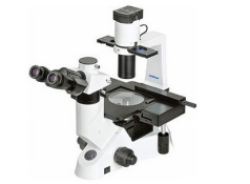

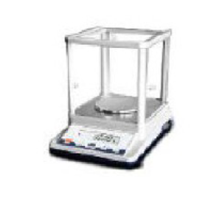
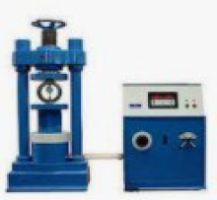
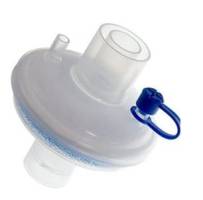
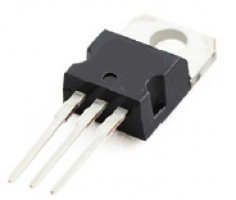
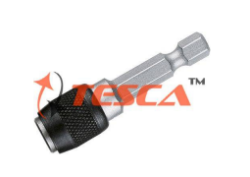
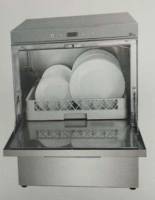
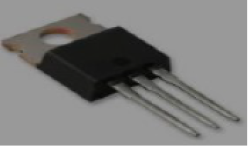

 91-9829132777
91-9829132777